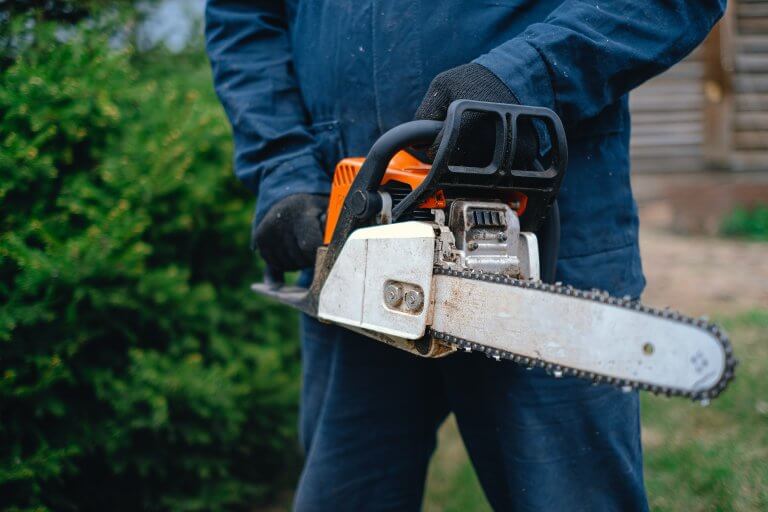How To Use Solder Wick
A solder wick is simply a braided wire used to absorb molten solder from a solder joint that has been messed up or need some change. Anyone who solders either a professional or a starter surely understands that in soldering projects, mistakes are often and unavoidable. However, when an error is committed, you should never mind as with the knowledge of how to use solder wick, you will rectify the mistake and makeup as you so wished to.
This braided copper wire known as solder wick is quite simple to use for a beginner as you will make a relevant repair to any mistake you might make, hence ensuring perfection in your soldering projects.
How to use solder wick
Prepare safety materials
Solder is a metal that melts easily, and therefore it may have some negative influence on your health if inhaled. You should, therefore, ensure your safety before using a solder wick. First, you should put on your safety goggles to protect the eyes against debris and molten solder that may harm your eyes, set up an exhaust fan to remove the solder fumes from you. Sometimes you may be working in a place where it is not possible to set up an exhaust fan, or maybe you don’t have an exhaust fan at the moment, you should ensure you have used a safety mask all to ensure you are safe.
Plugin your soldering iron
Ensure the soldering iron is in its holder and connect it to the socket, it will take about three to five minutes for it to heat up ultimately. The soldering iron should be used once it reaches the working temperatures.
Solder wicking
Unroll a solder wick to a length of your choice, hold the unrolled solder wick on the solder joint that has been messed up, and needs to be removed. With your soldering iron heated to the right working temperatures, put the soldering iron on the tip of the solder wick now placed on the messed up joint. The heat of the soldering iron will make the solder to melt, the molten solder will be attracted to the copper wire of the solder wick and will bind on the solder wick upon cooling. The process through which molten solder moves from the joint to the solder wick is known as capillary action, through this process all the solder will be removed from the joint and it will be ready for appropriate soldering with no interruption.
Cut the wick
Once you discover all the solder, you wanted it off from a particular joint that has been removed and is now accumulated on the solder wick. You should take back the soldering iron back to its holder, cut off the already used part of the solder wick and unroll another piece to continue with the process if other multiple joints need to be removed. Some solder joints may have too much solder that may not be accommodated by a single piece of a solder wick, and therefore you may find a single joint being repeated with a fresh solder wick for complete removal.
Clean up
Once you are done, you should dispose of the used solder wick and switch off the soldering iron. Clean up the region that solder has been removed, so that it is ready for appropriate soldering.
Why you should consider using a solder wick
Human beings always love perfection in their respective fields of professionalism, those who deal with soldering of whichever kind should never be left behind, to ensure perfect work in soldering you should never leave a poorly done joint. All you should do is to perfectly remove the joint by using solder wick and solder it again as it is supposed to be.
You can learn more about the Best Soldering Flux For Electronics.

